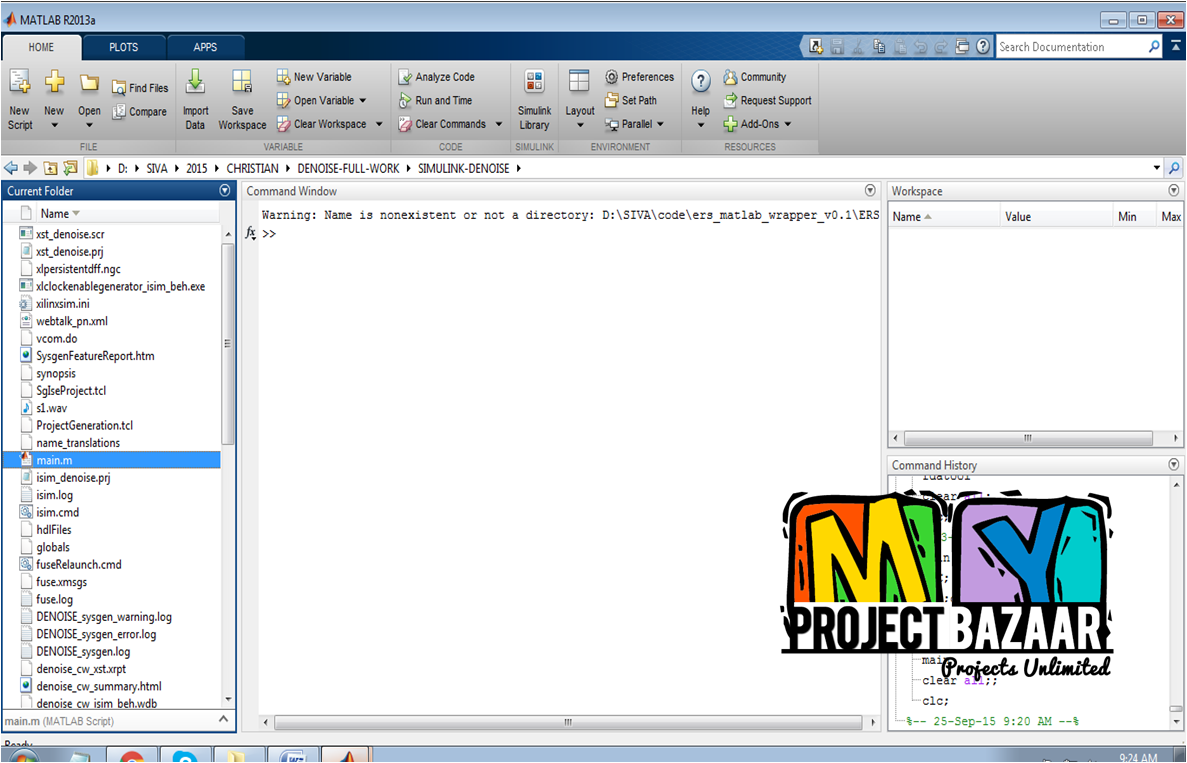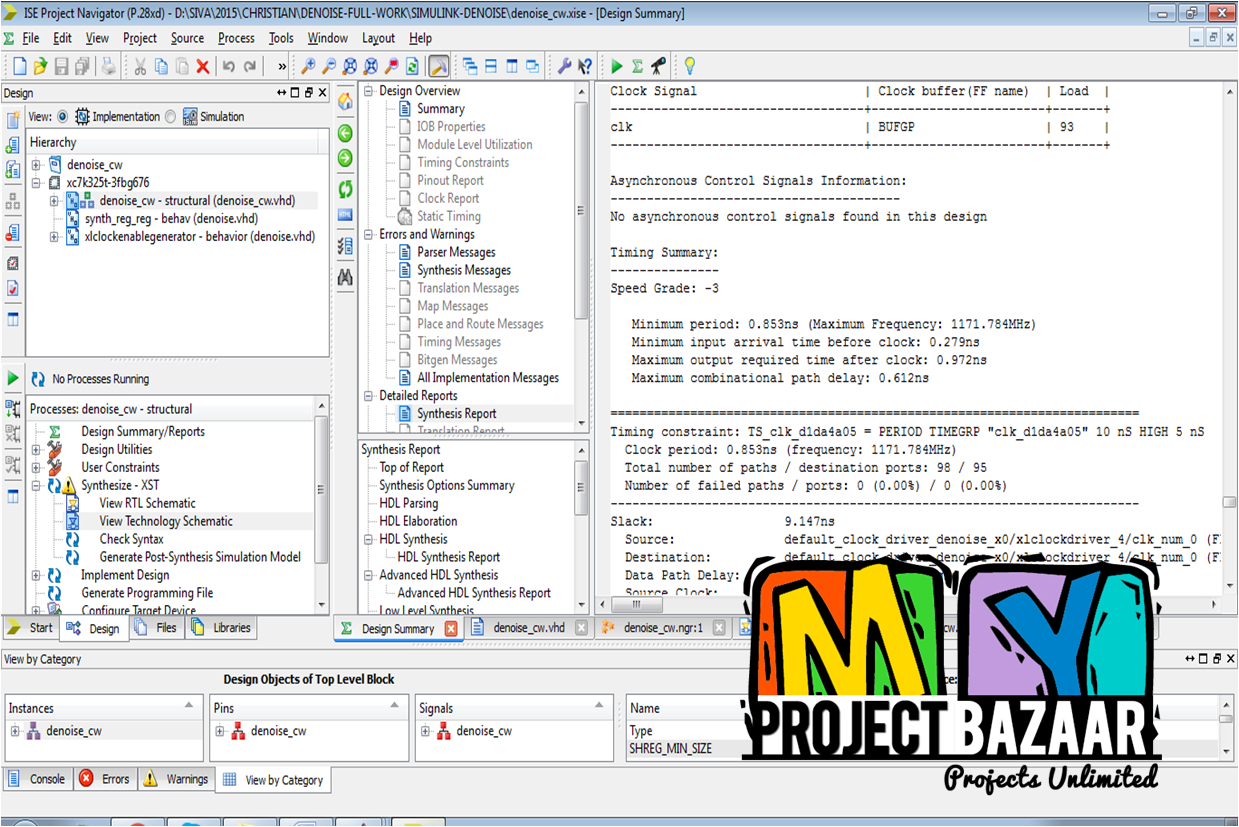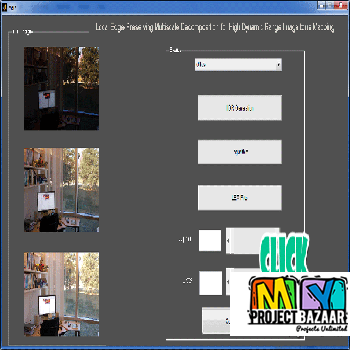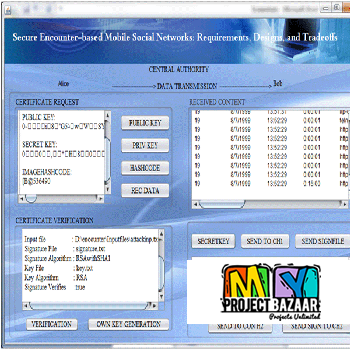
11.25-ms-Group-Delay and Low-Complexity Algorithm Design of 18-BandQuasi-ANSIS1.111/3 Octave Digital Filterbank for Hearing Aids
Product Description
11.25-ms-Group-Delay and Low-Complexity Algorithm Design of 18-BandQuasi-ANSIS1.111/3 Octave Digital Filterbank for Hearing Aids
Abstract—11.25-ms-Group-Delay and Low-Complexity Algorithm Design of 18-Band Quasi-ANSI S1.11 1/3 Octave Digital Filterbank for Hearing Aids. A novel algorithm and architecture design for 18-band quasi-class-2 ANSI S1.11 1/3 octave filter bank. The proposed design has several advantages such as lower group delay, lower computational complexity, and lower matching error. The technique we developed in this paper can be summarized as follows: 1) a simple low-pass filter (LPF) and discrete cosine transform (DCT) modulation are utilized to generate a uniform 9-band filter bank first, and then all elements z-1 of are replaced by all-pass filters to obtain a non-uniform filter bank; 2) a fast recursive structure and variable-length algorithm is further developed to efficiently accomplish DCT modulation. Thus, the spectrum of LPF can be easily spanned and flexibly extended to the location of the desired central frequency; 3) after employing the multi-rate algorithm, an 18-band non-uniform filter bank is generated from two 9-band sub filter banks by following the proposed design steps and parameter determinations. Compared with the latest Liu et al.’s quasi-class-2 ANSI S1.11 design, the proposed method-I < Final Year Projects 2016 > Proposed-I totally has 72.8% reduction for multiplications per sample, 11.25-ms group delay, and 59 additions decreased per sample. Moreover, the maximum matching error of the proposed method-II (Proposed-II) is averagely equal to 1.79 dB much smaller than that of the latest Wei et al.’s design. For the proposed variable-length DCT modulation, only 2 adders, 2 multipliers, 2 multiplexers, and 5 registers are required for hardware implementation after applying VLSI retiming scheme. Overall, the proposed filter bank design would be a new solution for future applications in the area of hearing aids. Since the group delay and computational complexity are both produced from the number of taps of filters, to lower the number of taps for each filter might be an available solution.
Including Packages
Our Specialization
Support Service
Statistical Report

satisfied customers
3,589
Freelance projects
983
sales on Site
11,021
developers
175+Additional Information
| Domains |
|---|
Would you like to submit yours?


















There are no reviews yet